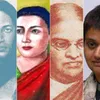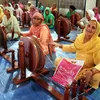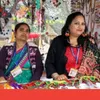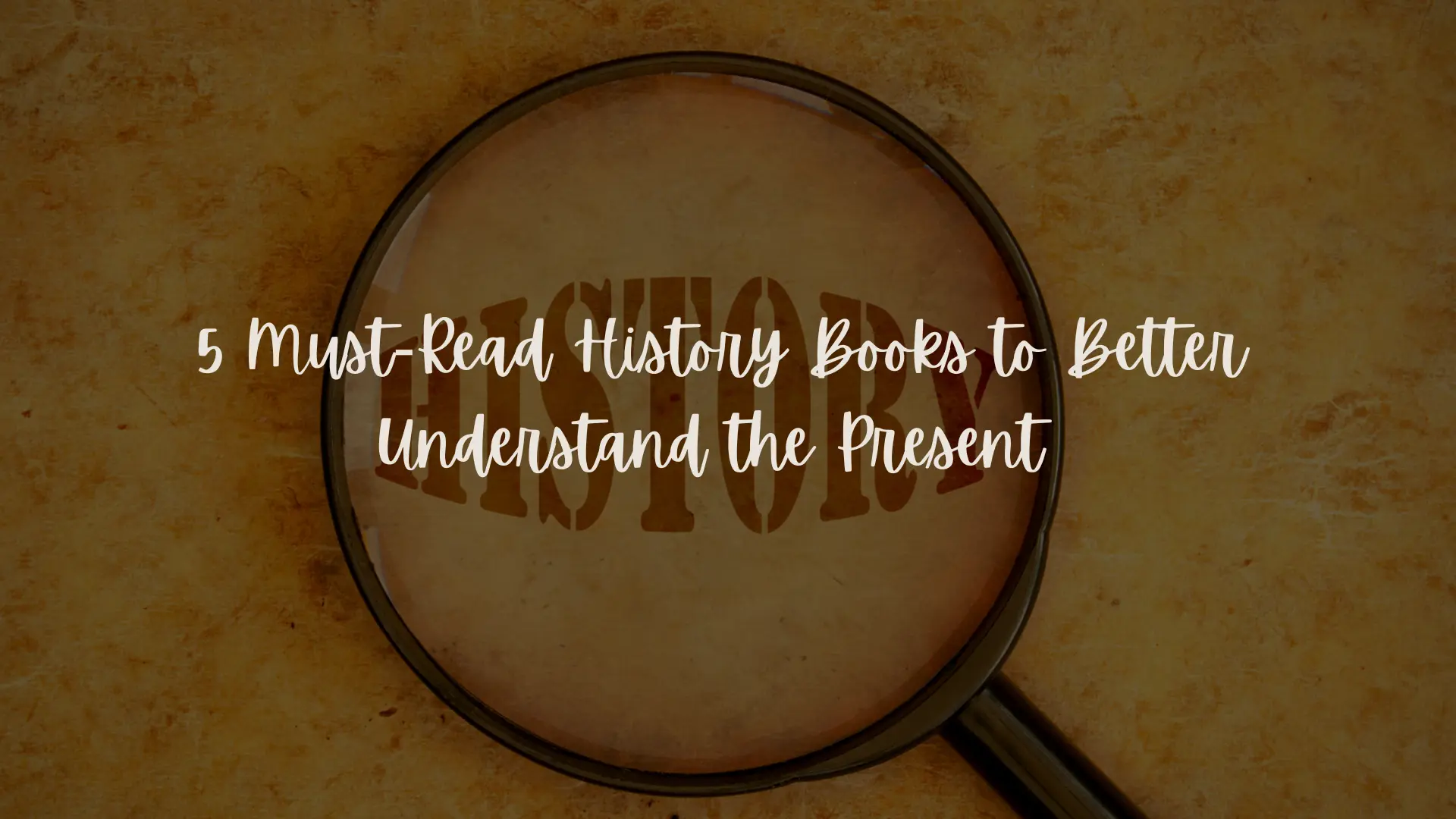Meet the only 5 women who have been awarded the Bharat Ratna
The Bharat Ratna is India’s highest civilian award and recognises ‘exceptional service/performance of the highest order’. Of the 48 awardees so far, only five are women.
The Bharat Ratna, established in the year 1954, is awarded to those who have performed exceptionally in “any field of human endeavour”. The first Bharat Ratna awards were conferred to C Rajagopalachari, Sarvepalli Radhakrishnan, and CV Raman.
The award has since been presented to 48 people in total, and only five of them are women.

The only five women recipients of the Bharat Ratna (L-R): MS Subbulakshmi, Mother Teresa, Indira Gandhi, Aruna Asaf Ali, Lata Mangeshkar
Indira Gandhi
Indira Gandhi, who was the first and has been the only female Prime Minister of India so far, was conferred the Bharat Ratna in 1972.
Born into the Nehru family, Indira Gandhi was familiar with the political environment from a young age. She went on to be elected President of the Congress party in 1959, and was one of the key advisors to her father, Jawaharlal Nehru.
In 1966, she was elected Prime Minister of India. Her most recent achievement before receiving the Bharat Ratna was aiding Bangladesh in its liberation as a separate nation in 1971.
Mother Teresa
Mother Teresa, who is best known for her selfless personality and taking care of those who were abandoned and gravely ill, was awarded the Bharat Ratna in 1980.
Born in Macedonia, Mother Teresa joined a group of nuns in Ireland at the age of 18, and arrived in India in 1929. She worked as a teacher, but in 1950 decided to start the Missionaries of Charity, a mission that aimed to provide care for those who were neglected. It was declared an International Religious Family by Pope Paul VI.
Today, the Missionaries of Charity has several branches around the world, and continues to look after the less privileged.
Aruna Asaf Ali
Aruna Asaf Ali was an independence activist who is best known for hoisting the Indian flag at the Gowalia Tank Maidan in Mumbai during the Quit India Movement in 1942. She received the Bharat Ratna posthumously in 1997.
Aruna Asaf Ali gained entry into politics when she married Asaf Ali, a Congress leader, in 1928. She participated in the Dandi March in 1930. She was also held at the Tihar Jail in 1932 where she protested against the mistreatment of prisoners, by starting a hunger strike.
She helped found the National Federation of Indian Women, the women's wing of the CPI (Communist Party of India) in 1954, and was also elected the first Mayor of Delhi in 1958.
For her efforts and bravery, she earned names such as 'Grand Old Lady of the Independence Movement' and 'Heroine of the 1942 Movement’.
MS Subbulakshmi
MS Subbulakshmi, a pioneer and remarkable figure in the world of Carnatic music, was conferred the Bharat Ratna in 1998. She was the first musician to receive the award.
Born into a family of musicians in Tamil Nadu, MS Subbulakshmi delivered her first public performance at the age of 11, at the Rockfort Temple in Tiruchirapalli. She also performed at the Madras Music Academy in 1929 when she was just 13, catching the attention of many greats of Carnatic music. By the time she was 17 years old, MS Subbulakshmi was quite well known.
The musical icon began representing India at various foreign festivals, including the Edinburgh International Festival in 1963. She also performed at Carnegie Hall in New York, and the Royal Albert Hall in London. She travelled to places like Russia, Canada, and countries in the Far East, taking the sounds of Carnatic music with her.
Lata Mangeshkar
With thousands of songs in over 30 languages under her belt, Lata Mangeshkar is arguably the most well-known playback singer of Indian cinema. She was awarded the Bharat Ratna in 2001.
Lata Mangeshkar started her career in 1942 as an actor in Marathi and Hindi films. She recorded her first Hindi playback song in 1945 for the movie Gajaabhaau.
Her first major breakthrough came through the movie Mahal in 1949, where she sang for actor Madhubala. She then began working with major music directors and sung playback for numerous movies.
Her most recent song, Saugandh Mujhe Iss Mitti Ki was released in March this year as a tribute to Indian soldiers.
(Edited by Teja Lele Desai)










